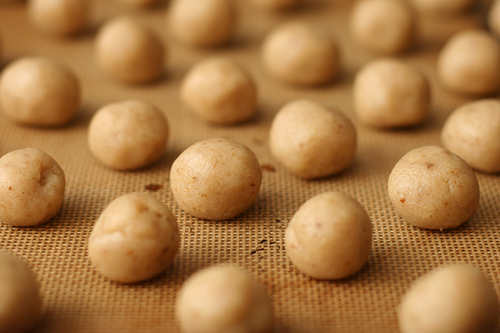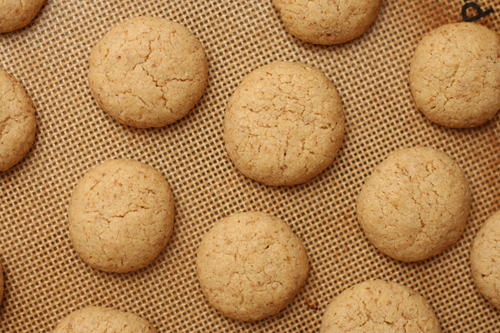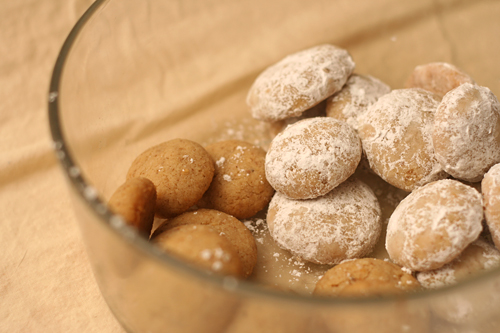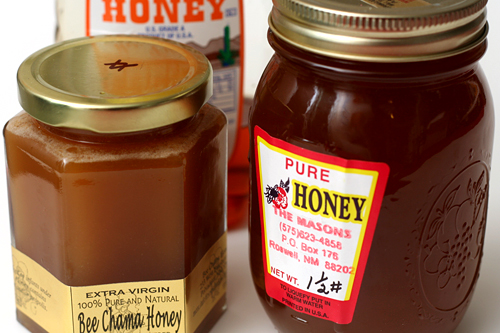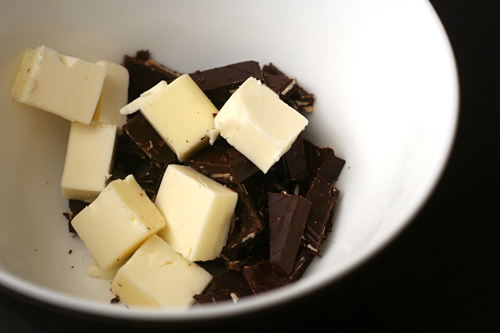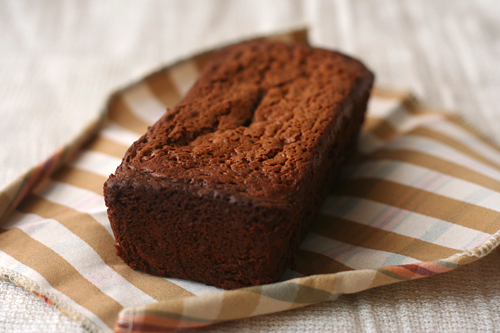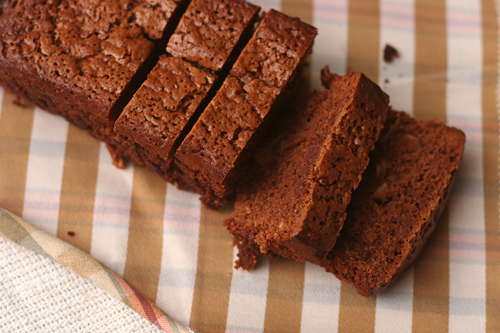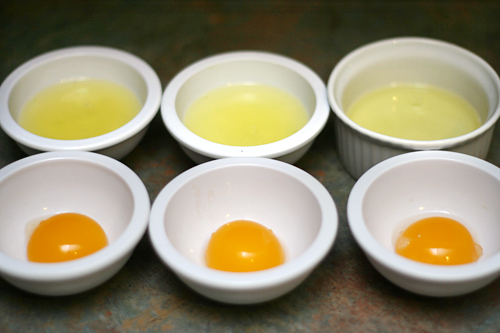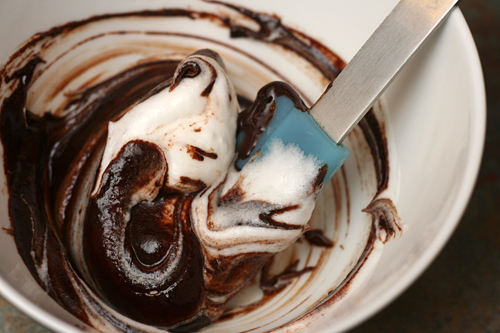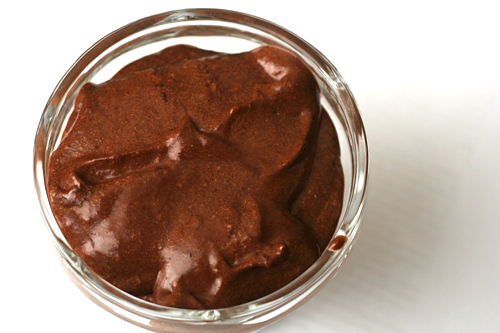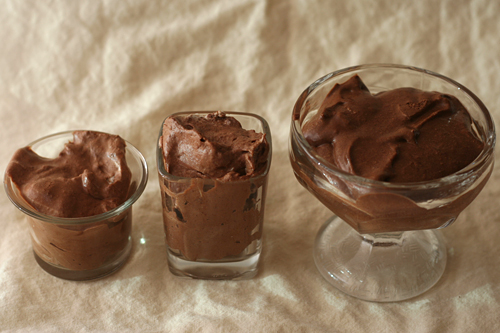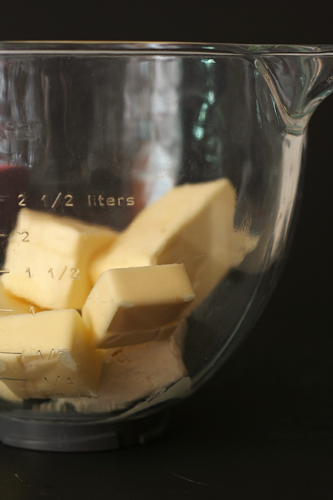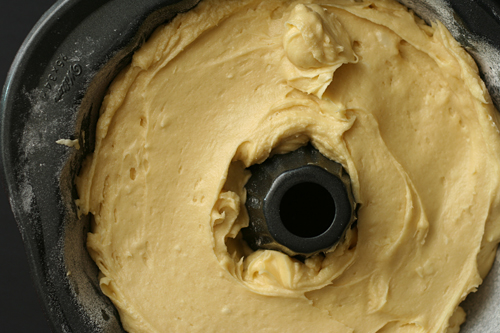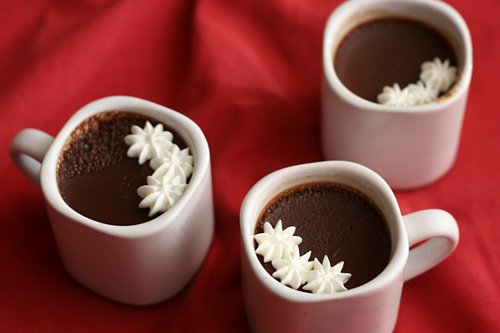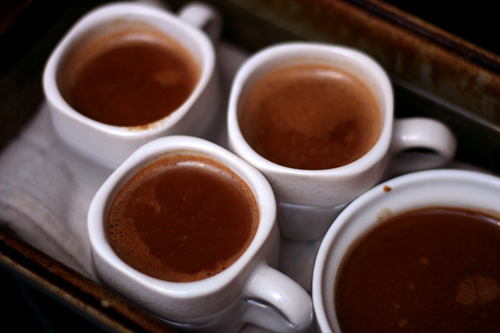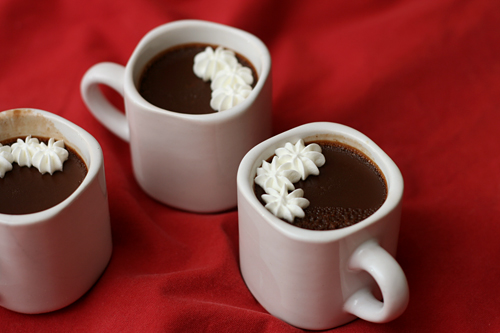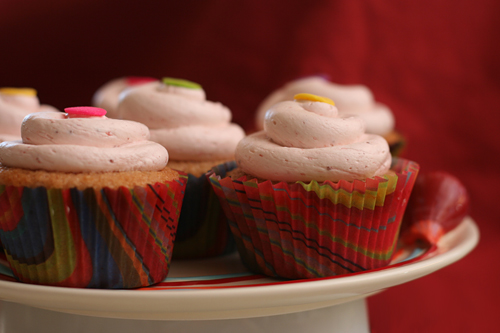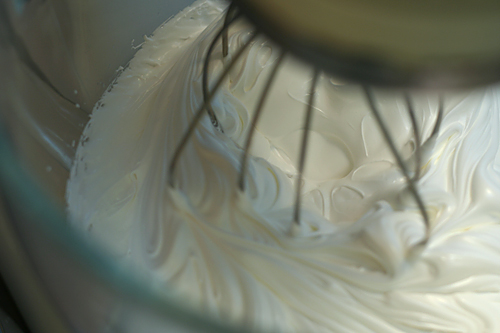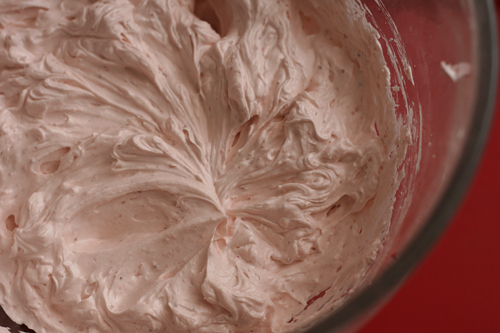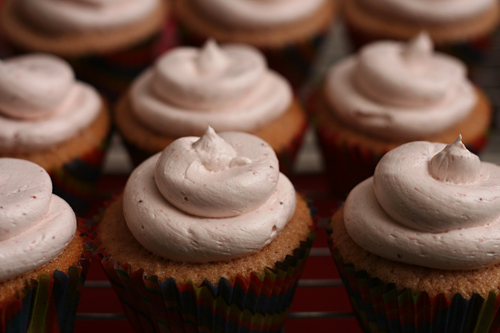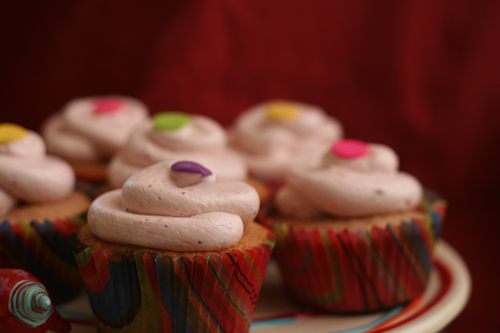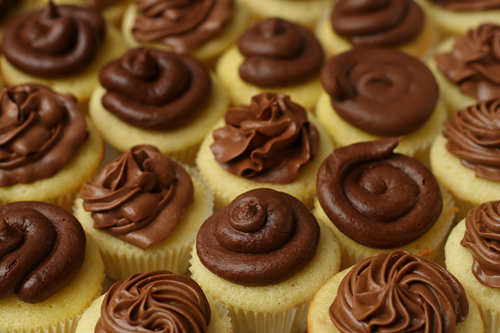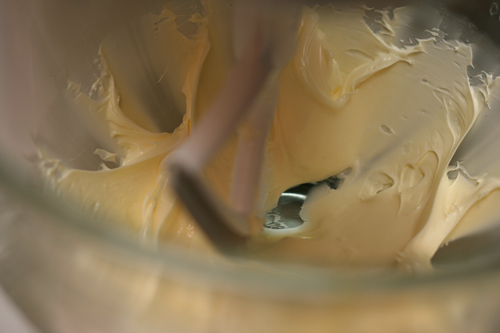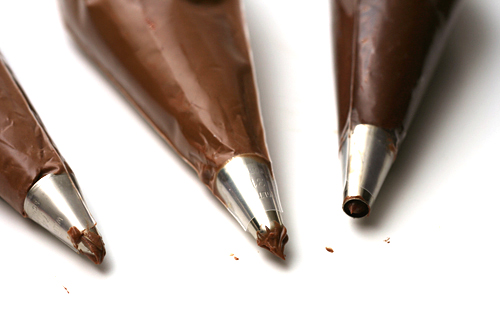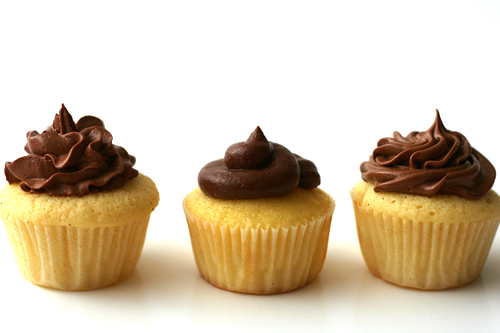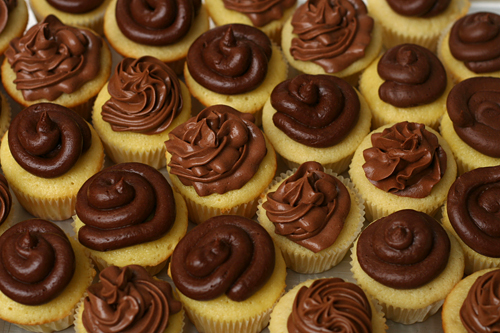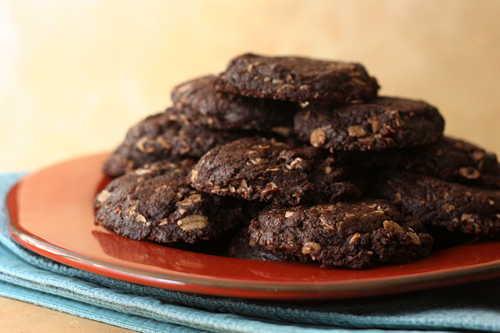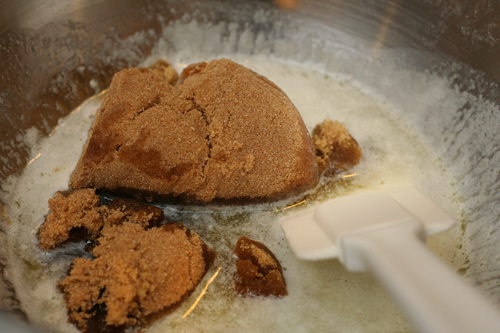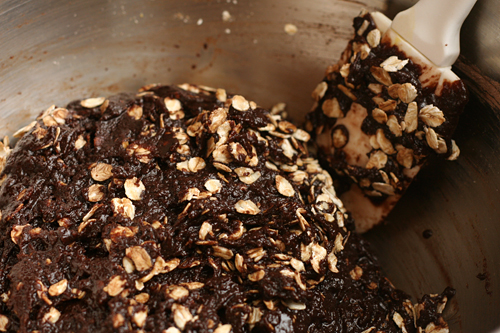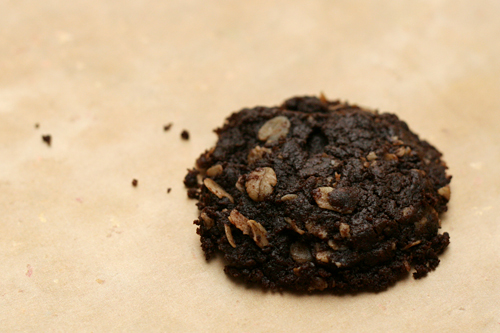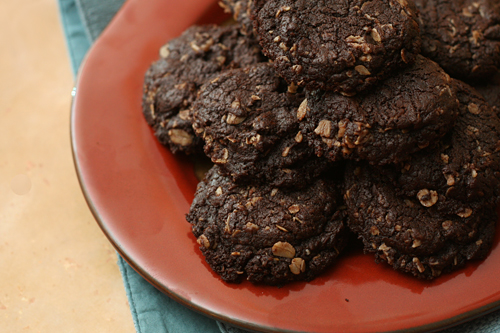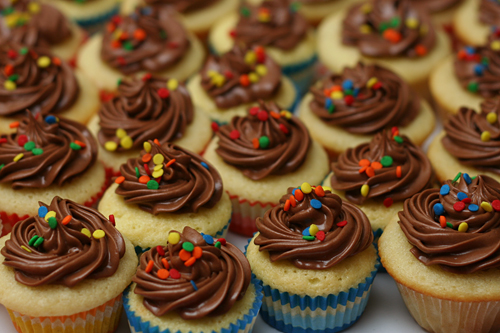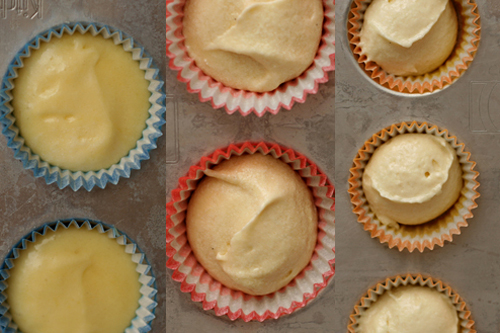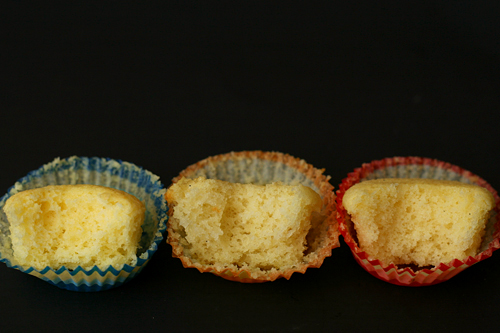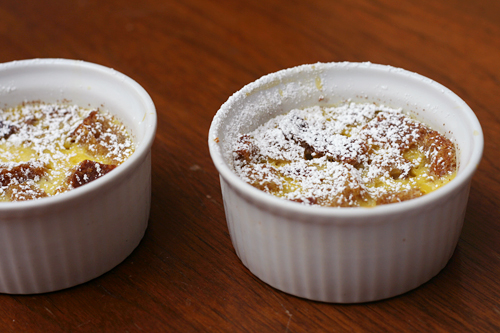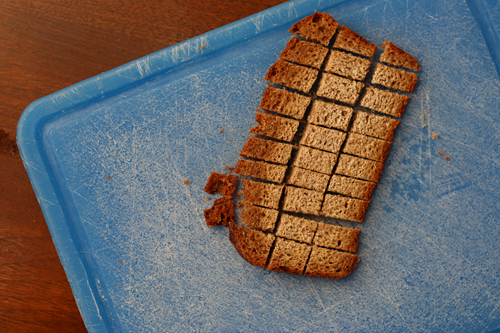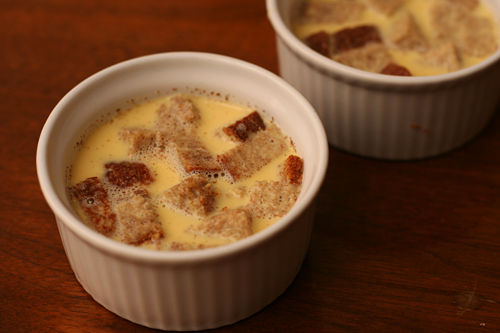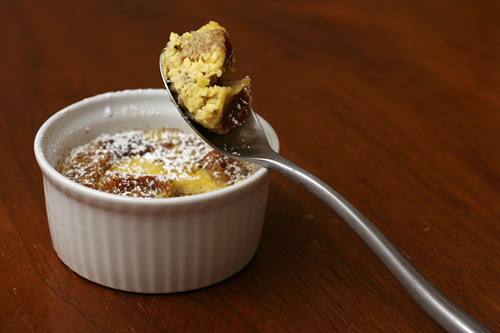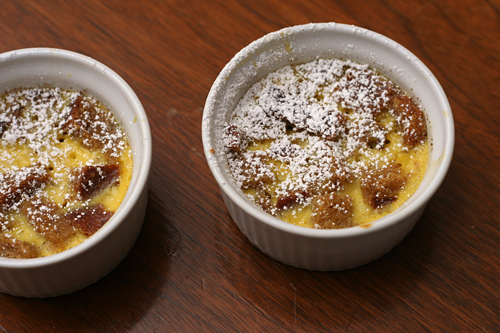Every Christmas, my mom would take a plate of our colorful sugar cookies, tree-shaped cream cheese spritz, and chocolate-topped peanut butter blossoms over to the neighbors or a friend. She would return with a plate of their Christmas traditions, which seemed oddly shapen, bland, and stale compared to ours. Invariably, those plates would include these suspicious white blobs. I never knew if they were good or not, because I didn’t try one until last year.
Last year, my mom made her own Mexican wedding cookies (Russian tea cakes, pecan powder puffs, whatever you want to call them), and, oddly, they were some of my favorite cookies on the tray – and not just because I make the brown sugar cookies and cream cheese spritz regularly on my own. Crumbly soft, coated in sweet clouds of sugar, spiced and slightly bitter from the nuts, it’s very possible that I was missing out for years as a kid by ignoring those mysterious white balls the neighbors gave us. I’m making up for lost time now.
For the recipe, go to Tianne’s blog, because she chose these for Tuesdays with Dorie. I used walnuts instead of pecans.
One year ago: Coconut Tea Cake
Two years ago: Coconut Butter Thins
Three years ago: Gooey Chocolate Cakes

